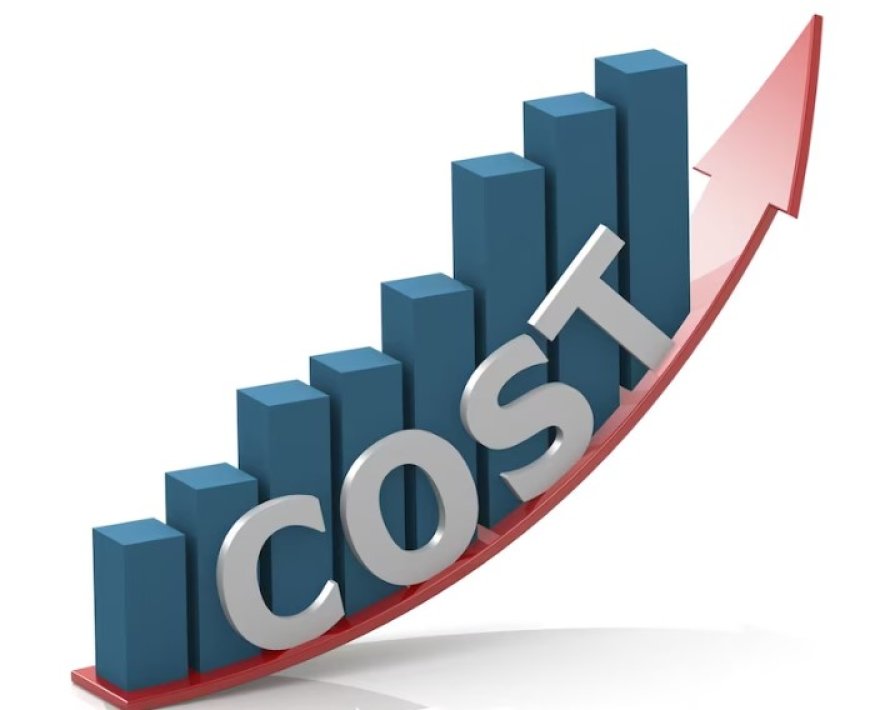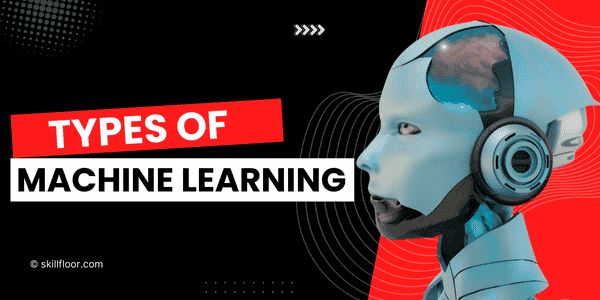Cost Functions: Your Guide to Machine Learning Success
Discover the power of cost functions in machine learning and unlock the path to success. Learn how they optimize model performance. Start now!

Welcome to the exciting realm of machine learning, where algorithms and data intertwine to unlock insights and make accurate predictions. One fundamental concept that underpins the success of machine learning models is the cost function. In this blog, we will delve into the intricacies of the cost function, demystifying its role and significance in the learning process. But fear not, we'll explore this topic in a friendly and approachable manner, ensuring that you gain a clear understanding of why cost functions matter and how they impact the performance of your machine learning models. So, let's embark on this enlightening journey together and discover the power of the cost function in driving the success of your machine learning endeavors
Understanding Machine Learning Basics
Before we dive into the depths of the cost function, let's start by revisiting the basics of machine learning. At its core, machine learning involves training models to make predictions or take actions based on patterns in data. The learning process relies on mathematical algorithms that iteratively adjust the model's parameters to minimize errors and improve its performance. This optimization is achieved through the use of a cost function, also known as a loss function or objective function. The cost function quantifies the discrepancy between the model's predicted outputs and the actual outputs, guiding the learning process towards optimal parameter values. By minimizing the cost function, we aim to find the best possible fit between the model and the data, enabling accurate predictions and efficient decision-making.
Introducing the Cost Function
So, what exactly is a cost function? Simply put, it is a mathematical function that measures the difference between the predicted values of the machine learning model and the true values from the training dataset. The cost function provides a numerical representation of the model's performance, indicating how well it is currently performing. The goal is to minimize this cost function, as a smaller value corresponds to a better fit between the model and the data.
Different Types of Cost Functions:
In machine learning, the choice of cost function depends on the specific task and the nature of the data. There are various types of cost functions, each designed to address different scenarios. Let's explore a few common ones:
Mean Squared Error (MSE): This cost function calculates the average squared difference between the predicted and true values. It is commonly used for regression tasks, where the goal is to estimate continuous variables.
Binary Cross-Entropy: Used for binary classification problems, this cost function measures the dissimilarity between predicted probabilities and true binary labels.
Categorical Cross-Entropy: Employed for multi-class classification, this cost function quantifies the discrepancy between predicted probabilities and true categorical labels.
The Impact of Cost Function Selection
Choosing the right cost function is critical, as it directly affects the model's learning and performance. Different cost functions emphasize different aspects of the learning process. For example, mean squared error focuses on minimizing overall prediction errors, while cross-entropy measures the dissimilarity between predicted and true probabilities. By selecting an appropriate cost function, you can guide the learning process to prioritize certain characteristics or requirements of your task.
Moreover, the choice of cost function can impact the model's behavior and convergence. Some cost functions exhibit smoother gradients, allowing for easier optimization, while others may introduce challenges such as vanishing or exploding gradients. It is essential to consider these factors and select a cost function that aligns with the specific requirements of your problem domain.
Optimizing the Cost Function
Once the cost function is chosen, the next step is to optimize it by finding the optimal values for the model's parameters. This process, known as parameter estimation or model training, involves adjusting the parameters iteratively to minimize the cost function. This is typically achieved through optimization algorithms such as gradient descent, which updates the parameters in the direction of steepest descent.
During the optimization process, the cost function is evaluated for different parameter values, and the gradients of the cost function with respect to the parameters are computed. These gradients indicate the direction in which the parameters should be updated to minimize the cost function. By iteratively adjusting the parameters using the gradients, the model converges to its optimal parameter values, resulting in improved performance.
Expanding the Scope: Regularization and Cost Function Extensions
While the primary purpose of the cost function is to quantify the discrepancy between predicted and true values, there are additional considerations to enhance the performance and generalization of machine learning models. One such consideration is regularization, which helps prevent overfitting and promotes model robustness.
Regularization involves adding a regularization term to the cost function, which penalizes overly complex models. The regularization term controls the trade-off between fitting the training data closely and keeping the model's parameters small. By incorporating regularization into the cost function, we encourage the model to find a balance between accuracy and complexity, leading to better generalization on unseen data.
Moreover, the cost function can be extended to incorporate additional factors such as class imbalances, sample weights, or custom constraints. These extensions allow for more flexible and tailored modeling, catering to specific requirements of the problem at hand. For example, in scenarios where the classes are imbalanced, a modified cost function can assign different weights to each class, ensuring equal consideration for both rare and frequent classes.
Through these extensions and regularization techniques, the cost function becomes a powerful tool for enhancing the performance and stability of machine learning models, enabling them to tackle real-world challenges more effectively.the cost function plays a pivotal role in the realm of machine learning. It serves as a measure of the discrepancy between predicted and true values, guiding the learning process towards optimal parameter values. By selecting the appropriate cost function, we can prioritize specific characteristics of our models and tailor them to the requirements of our tasks.
The choice of cost function has a profound impact on the model's behavior, convergence, and overall performance. Different cost functions emphasize different aspects of the learning process, such as minimizing prediction errors or quantifying dissimilarities in probabilities. It is crucial to consider the nature of the problem and select the cost function that aligns with its specific requirements.
Regularization techniques and cost function extensions provide avenues for enhancing model performance and addressing additional considerations, such as overfitting, class imbalances, and custom constraints. By incorporating these extensions, we can build more robust and flexible models that generalize well to unseen data.
In the ever-evolving field of machine learning, understanding the intricacies of the cost function empowers us to make informed decisions and optimize model performance. So, let's embrace the power of the cost function, leverage its insights, and embark on a journey of building accurate and impactful machine learning models. Happy learning, and may your cost function choices lead you to success in your data-driven endeavors!




























































